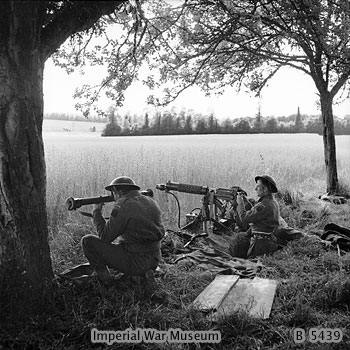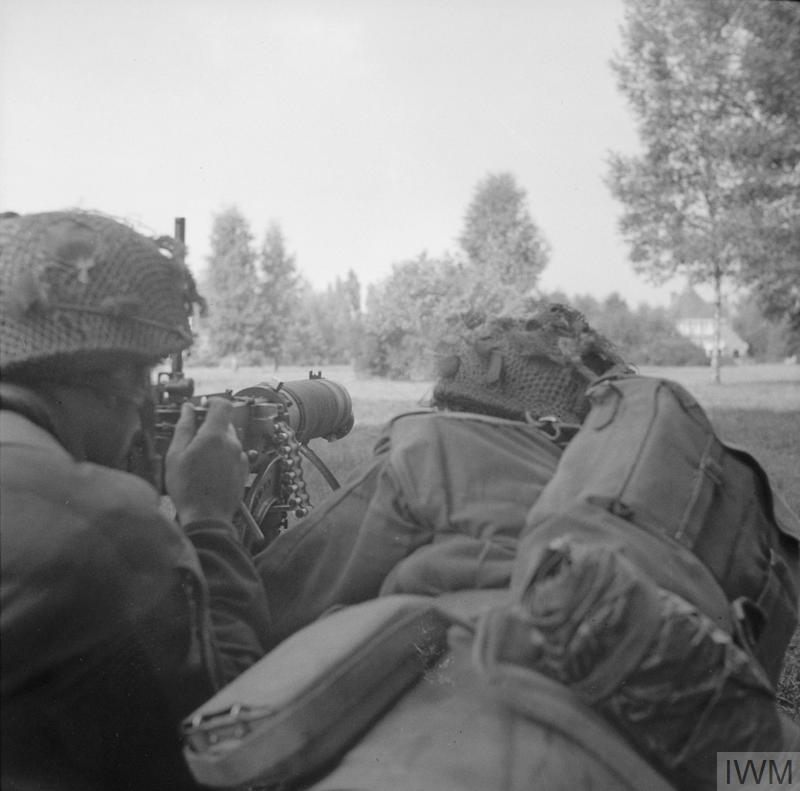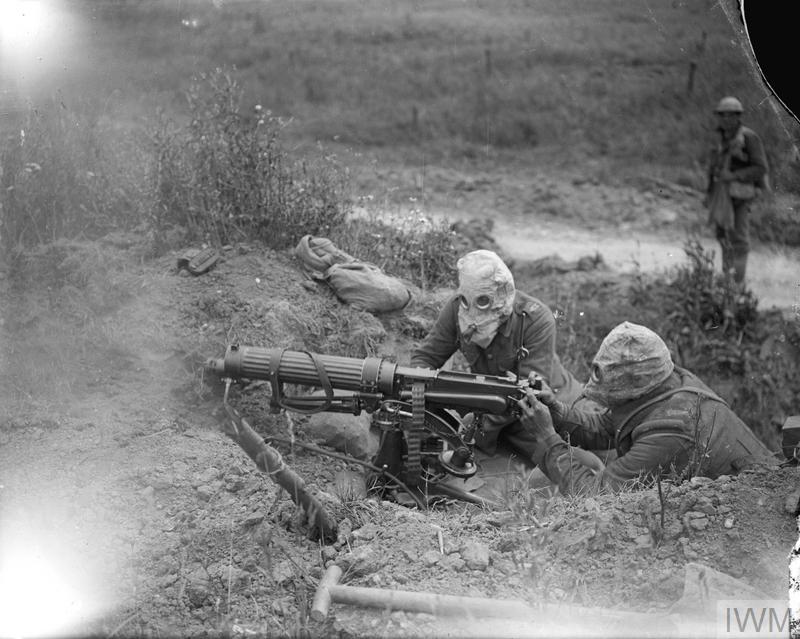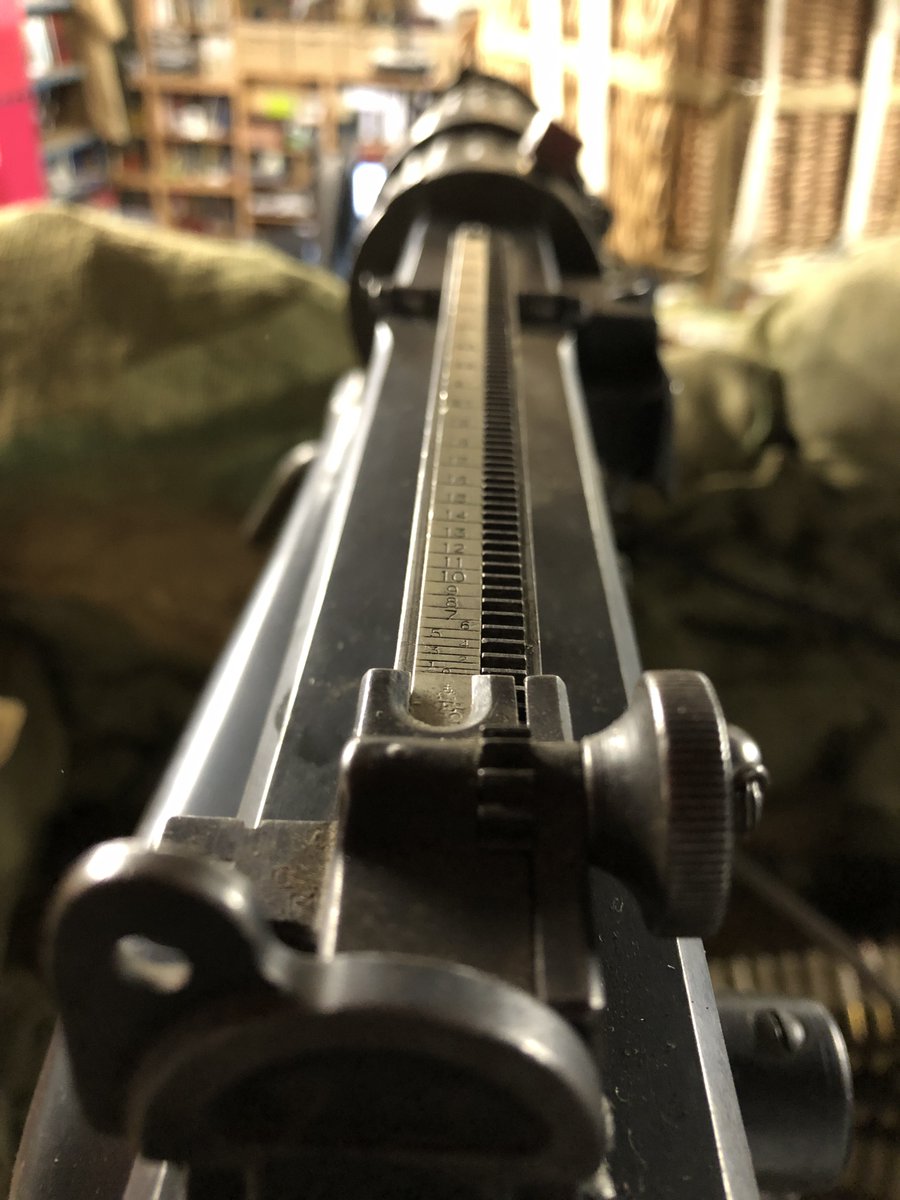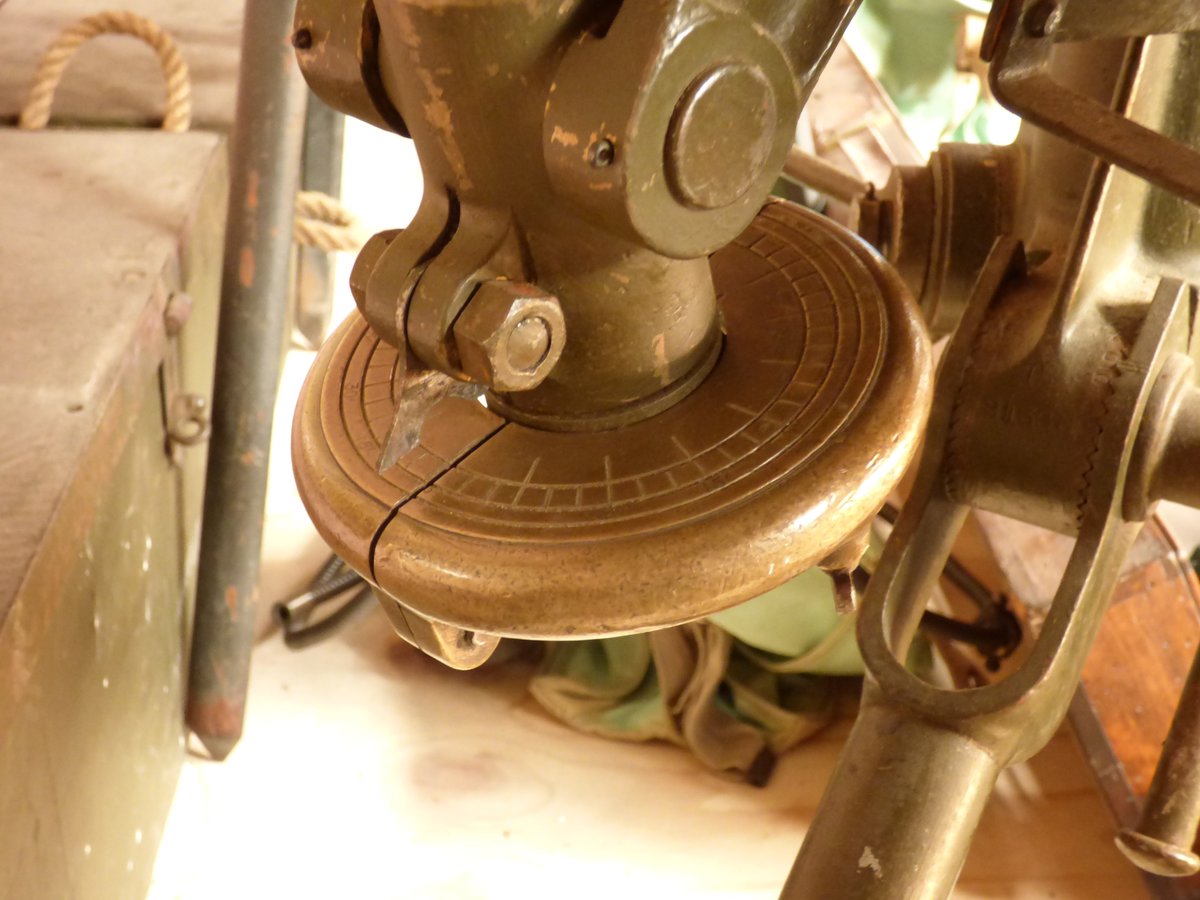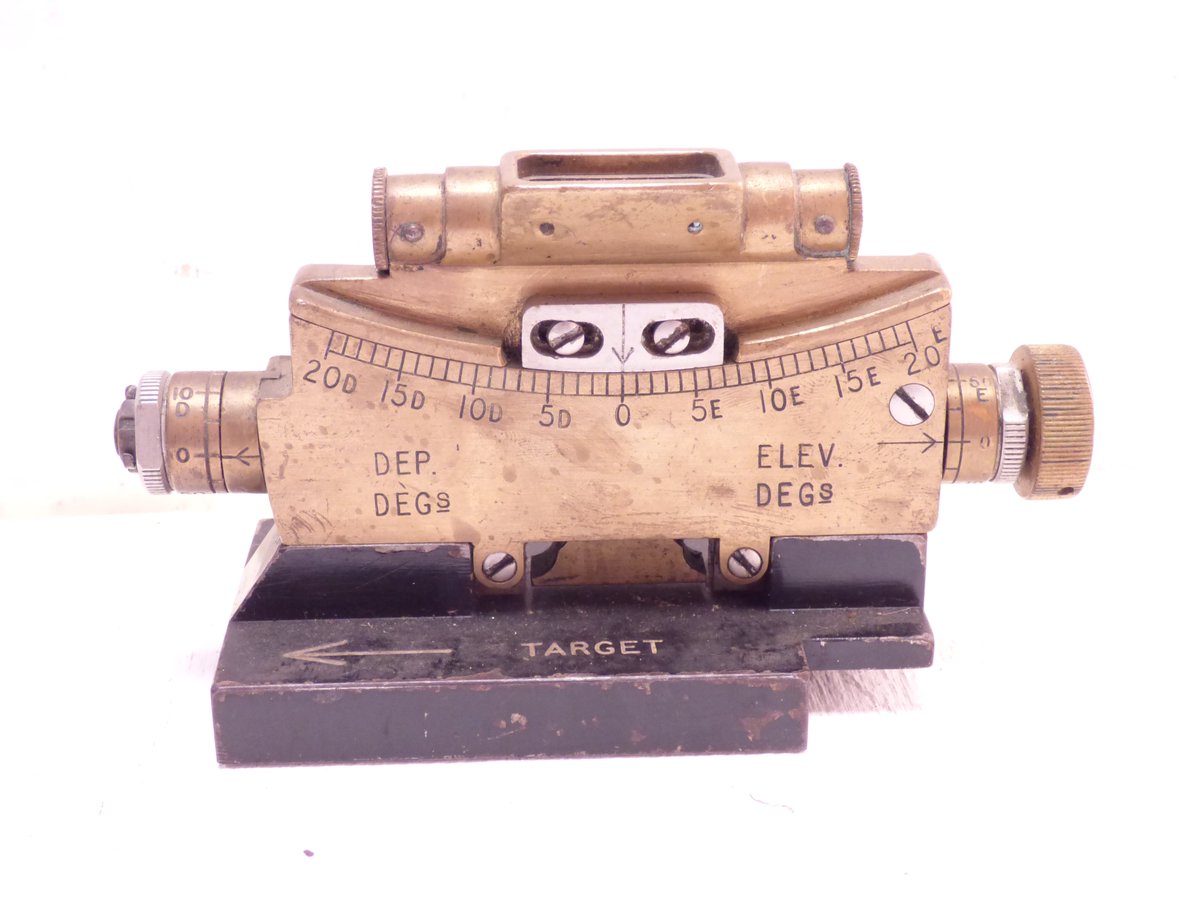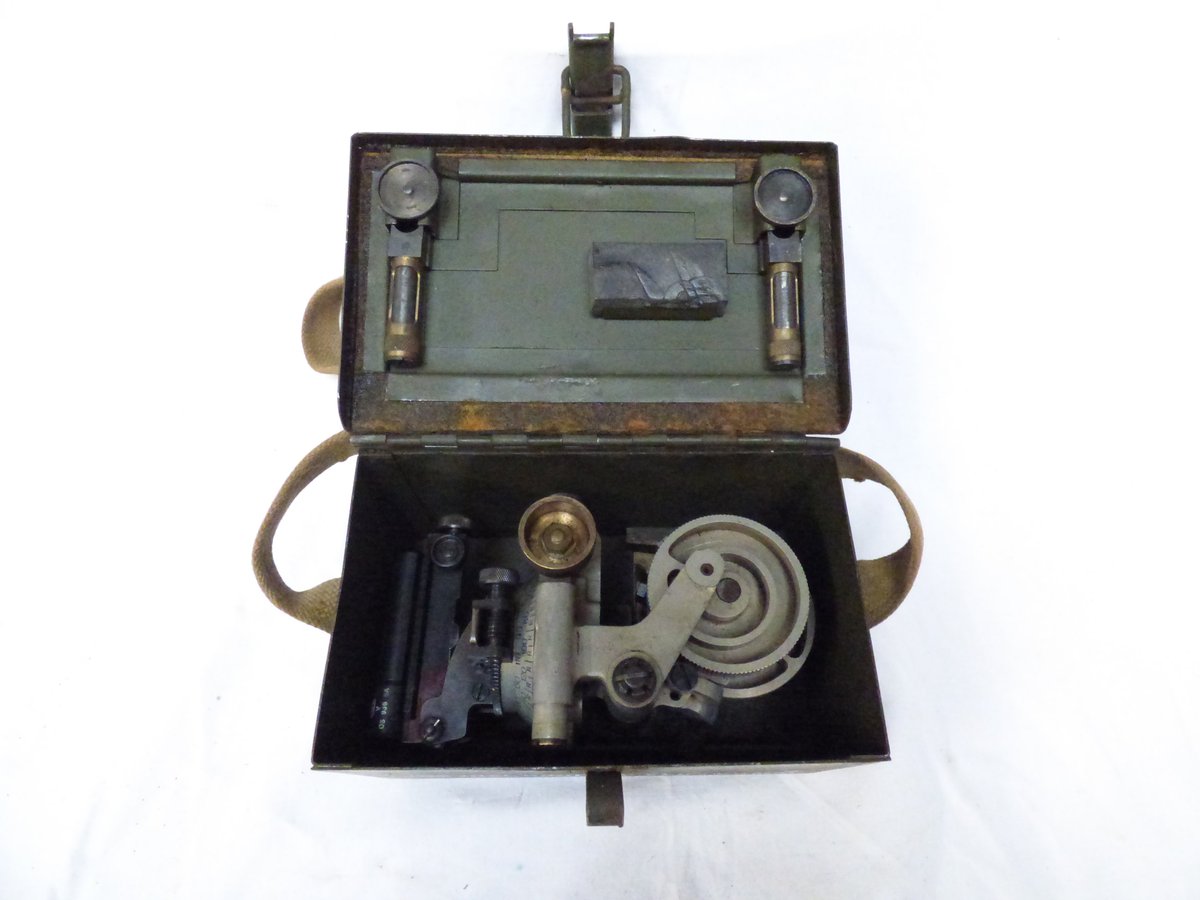
The student rangetakers have learnt how to calculate their accuracy factors but now they move on to calculate consistency too. Do you know what the difference would be? This lecture explains it all, as well as the maths and r-squared in use again. How to divide by 10? 1/ 

We really hope you're enjoying learning how to use the rangefinder along with us. We're learning the complexities of the instrument as well as the technical information the soldier would have to know. 2/
These weren't officers or senior non-commissioned officers using this equipment, they were just privates or, at most, lance-corporals.
Please remember to like, subscribe and share the video as well as supporting us on Patreon at patreon.com/vickersmg 3/
Please remember to like, subscribe and share the video as well as supporting us on Patreon at patreon.com/vickersmg 3/
All being well the #VickersMG training is to come later this year! Support us to make it happen quicker. 4/4 

• • •
Missing some Tweet in this thread? You can try to
force a refresh

